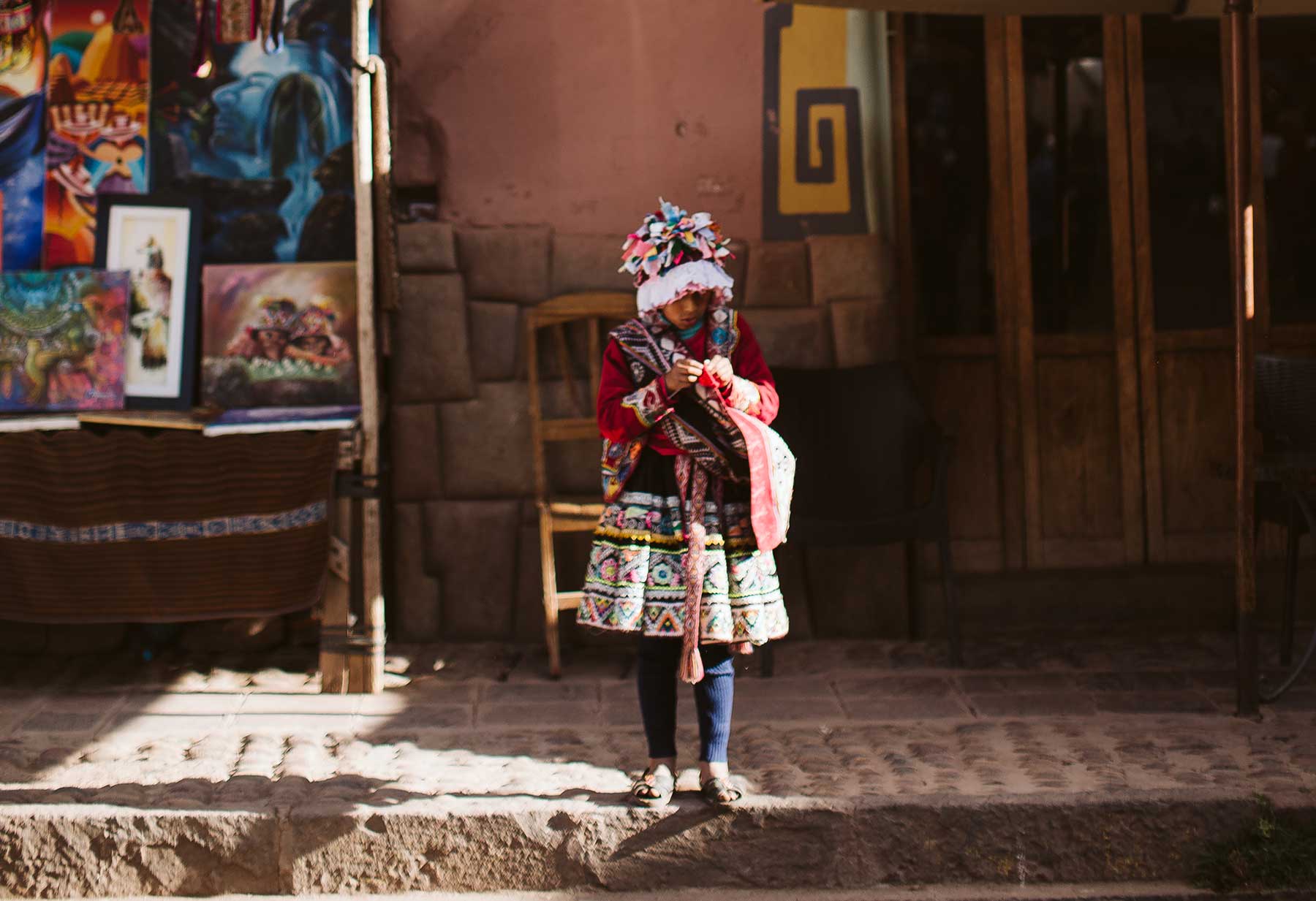If you were feeling priced out of the Fair Trade marketplace prior to Covid, you might be hesitant to consider sustainable alternatives to mainstream market commodities now that our economy has started to rebound. The fashion industry has been broken for some time, but now coupled with supply backlogs from the Suez Canal blockage, welfare concerns of workers in Covid-ravaged communities, and a smaller supply chain than 16 months prior, prices continue to climb on many of our shopping staples.
As our local communities are rebuilding, so are those of hard working people in small villages and bustling towns in the developing countries where our makers live. The effects of Covid will continue shaping their lives for months, and perhaps years, as many western nations are returning to a sense of normalcy. When we’ve been able to grocery shop while wearing a mask (or even opt for delivery or trunk pick-up services), imagine your life in a village without proper sanitation, with no masks, less internet or communication connectivity, and with several generations living under one roof. A lack of social services and no savings account meant that staying home from work wasn’t an option, and simply walking out of your front door into the streets meant you were met with many people who could be carrying the virus.
Our brand’s mission to bring Fair Trade choices to the marketplace for the same cost as traditionally-manufactured styles is the same today as it was when we opened our doors. As we’ve grown together with our makers we’ve seen natural disasters and supply shortages, but nothing like the widespread challenges brought on by Covid. When it’s made by hand it’s made with love. Your choice to shop sustainably directly contributes to the livelihood of women (and their families) in need.

The Price of Sustainable Fashion













